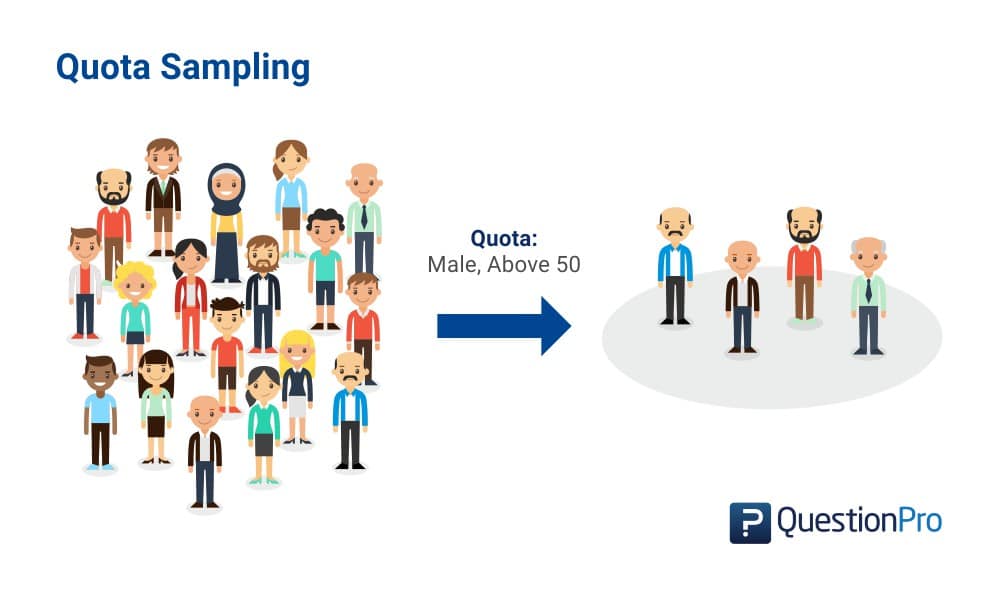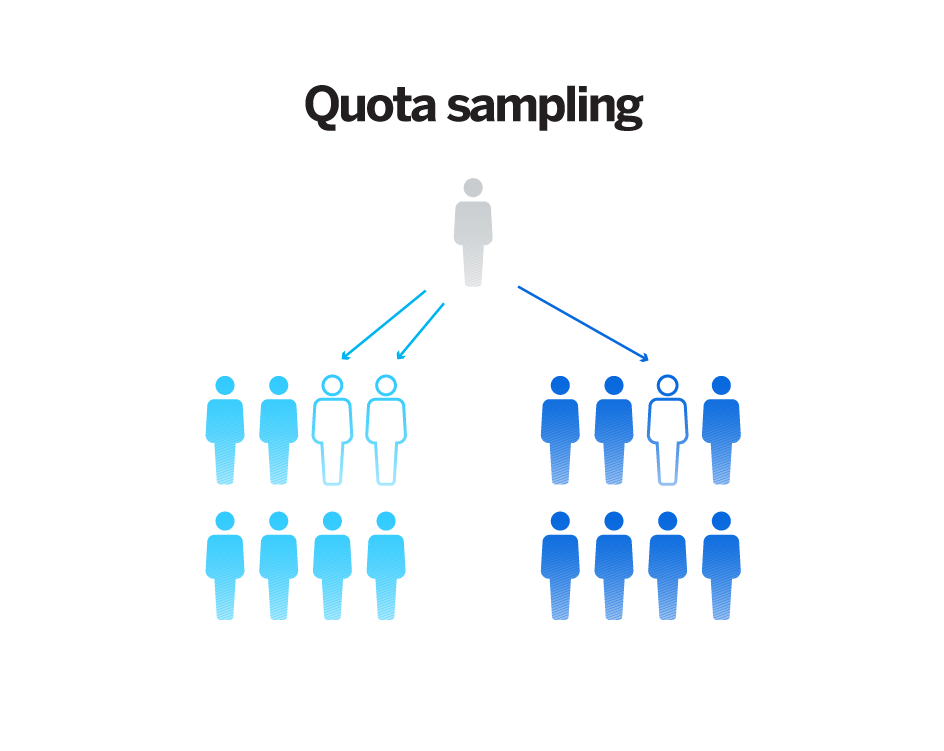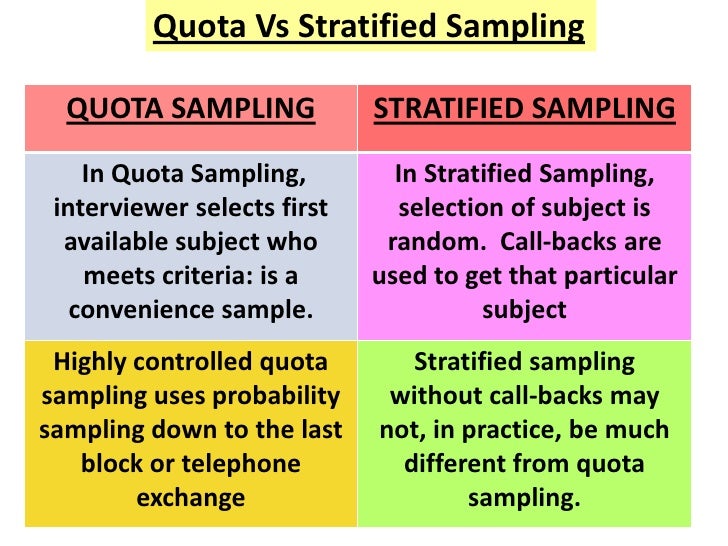Quota sampling in market research practice
Table of Contents
Table of Contents
Have you ever wondered about new sampling techniques that researchers use today? Well, sampling is a crucial component of market research, and a new method has emerged called Quota Sampling that is the focus of this article.
Pain Points Related to Quota Sampling
Identifying and understanding which participants to include in your sample is challenging when conducting market research. It can be costly, time-consuming, and, most importantly, not all participants share the same characteristics or behaviors. As such, researchers need to identify ways to ensure their samples are representative of the larger population they are studying. Quota Sampling is a method that has been introduced to help alleviate these pain points.
What Is Quota Sampling?
Quota Sampling is a non-probability sampling technique where researchers divide the population into mutually exclusive subgroups, known as quotas, and non-randomly sample from each subgroup until the quota is filled. Each quota contains participants that share a similar characteristic; for example, if the researcher was conducting a survey on breakfast habits in the United States, quotas could include age ranges, gender, race, and number of people in the household.
Summary of Quota Sampling
Quota Sampling is used to ensure that researchers can collect the necessary data from a sample that accurately reflects the target population. The method involves creating quotas for different subgroups of the population, selecting participants that fit the criteria, and collecting data from them. This methodology is useful for studies where probability sampling is not possible or appropriate.
Personal Experience with Quota Sampling
When conducting market research for a tech startup that I co-founded, we needed to find participants that worked in the technology industry and were familiar with using modern technology platforms. Quota Sampling helped us recruit participants that fit the necessary criteria, and we were able to collect data that helped us better understand our target audience.
 Quota Sampling allowed us to save time and money by only recruiting participants that met our specific requirements. Without it, we would have had to interview hundreds of people to find the right participants, which would have been a costly and time-consuming process.
Quota Sampling allowed us to save time and money by only recruiting participants that met our specific requirements. Without it, we would have had to interview hundreds of people to find the right participants, which would have been a costly and time-consuming process.
Advantages and Disadvantages of Quota Sampling
Quota Sampling has the advantage of producing samples that are more representative of the population than convenience sampling while also proving cheaper and faster than probability sampling. The disadvantage of Quota Sampling is that the researcher has to make the quotas, which could introduce selection bias if the researcher does not have a clear understanding of the subgroups present in the population. Additionally, quota sampling does not provide an estimate of sampling error as traditional probability sampling techniques do.
How to Conduct Quota Sampling
To conduct Quota Sampling, researchers should first identify the characteristics that are important to their research question. They should then create subgroups based on these characteristics and set quotas for each subgroup. Finally, they should recruit participants that fit the characteristics and quotas they have set and gather data from them.
Conclusion of Quota Sampling
Quota Sampling is a useful methodology for collecting data from a sample that accurately reflects the target population. While there are some drawbacks to the method, it is typically less costly and time-consuming than probability sampling methods, making it a viable option for many market research studies.
Question and Answer
What is the difference between Quota Sampling and Probability Sampling?
Probability Sampling is a random selection process whereas Quota Sampling is a non-random sampling technique that pre-selects people based on certain criteria.
What are the most important criteria to consider when conducting Quota Sampling?
The most important criteria to consider when conducting Quota Sampling are the characteristics that are relevant to the research question or hypothesis.
Can Quota Sampling introduce selection bias?
Yes, Quota Sampling can introduce selection bias if the researcher creating the quotas does not have a clear understanding of the subgroups present in the population.
What are the advantages of Quota Sampling?
The advantages of Quota Sampling are that it is cheaper and faster than probability sampling methods and produces samples that are more representative of the population than convenience sampling.
Gallery
Quota Sampling - ShortQuotes.cc

Photo Credit by: bing.com / quota quantitative probability explained process briefly qualitative shortquotes ione
Quota Sampling In Market Research Practice | OvationMR

Photo Credit by: bing.com / quota sampling
Quota Sampling: Definition, Steps, Examples And Advantages | QuestionPro

Photo Credit by: bing.com / sampling quota examples definition steps advantages questionpro
Quota Samples - Dollardase

Photo Credit by: bing.com /
Quota Sampling

Photo Credit by: bing.com / sampling quota snowball probability sequential deliberate






